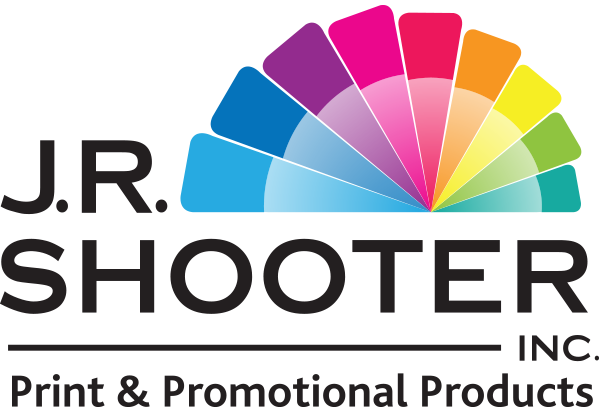Offset Printing Vs. Digital Printing
Offset printing vs. digital printing are two popular methods in the commercial printing industry. Each has its own characteristics, advantages, and ideal use cases.
Offset Printing:
Offset printing, also known as lithography, is a traditional method where ink transfers from a metal plate to a rubber blanket, then onto the printing surface, usually paper. It’s a versatile, high-quality process ideal for large-volume printing. Offset printing excels at producing consistent, vibrant colors, making it perfect for projects requiring precise color matching, such as marketing collateral, brochures, and magazines.
A key advantage of offset printing is its cost-effectiveness for large print runs. While the initial setup costs are higher because plates must be created for each color, the per-unit cost drops as quantities increase. Offset printing also supports a wide range of paper types and finishes, allowing for customization to meet specific project needs.
Digital Printing:
Digital printing, in contrast, is a modern method that directly applies ink or toner to the surface without needing plates. This makes it especially useful for short to medium print runs and projects requiring variable data printing, where each piece can be customized, such as personalized marketing materials.
Digital printing offers quick turnaround times due to minimal setup compared to offset printing. It’s a cost-effective option for smaller quantities since there are no plate or setup fees. Digital printing works well for projects like business cards, flyers, and personalized direct mail campaigns. However, it may not always achieve the same level of color accuracy and consistency as offset printing, especially in large-scale production.
In Conclusion:
Choosing between offset and digital printing depends on the specific needs of your project. Offset printing is the better choice for large quantities that require high quality and color accuracy. Digital printing, on the other hand, excels in short to medium runs, offering customization and quick turnaround times. The decision should consider factors like print volume, budget, turnaround time, and desired print quality.


